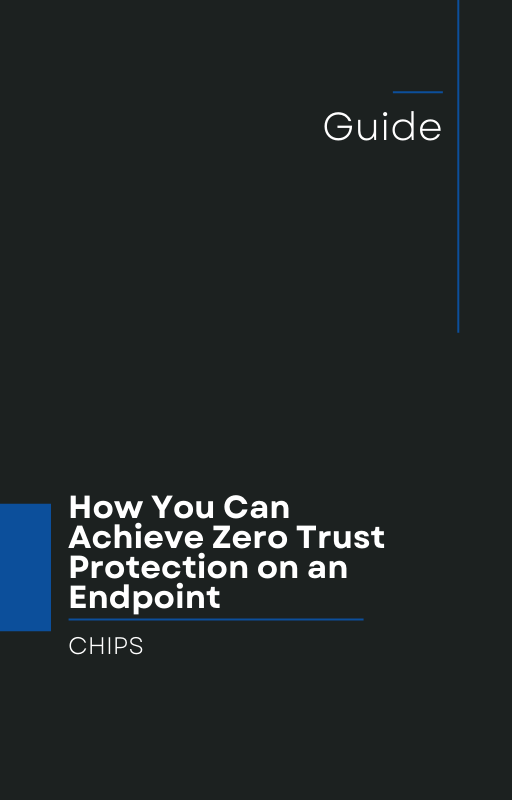Escalating Interlock Ransomware: A Clear and Present Danger
In a recent joint cybersecurity advisory, CISA, FBI, HHS, and MS-ISAC have sounded the alarm about a spike in Interlock ransomware attacks, targeting businesses and critical infrastructure across North America and Europe (BleepingComputer).
Since its emergence in September 2024, Interlock has evolved swiftly - leveraging double extortion tactics, stealing data and encrypting systems to coerce victims into paying ransom or face public exposure.
What makes Interlock particularly dangerous is its range of sophisticated attack vectors:
-
Drive-by downloads from compromised websites - an uncommon but highly effective method for ransomware.
-
Fake updates and ClickFix/FileFix tricks - social engineering tactics where users are deceived into executing harmful scripts disguised as updates or system fixes.
-
Deployment of PowerShell-based RATs, credential stealers (like Lumma or Berserk), AnyDesk, Cobalt Strike, and other tools for persistence and lateral movement.
-
Targeting of both Windows and Linux systems, including virtual machines, with file encryption extensions like
.interlockor.1nt3rlock. Victims are forced to contact attackers through Tor for ransom instructions.
High-profile victims have included major healthcare providers like DaVita and Kettering Health, demonstrating Interlock’s preference for high-impact industries. According to CISA, there have been at least 16 confirmed and 17 suspected attacks since October 2024.
The surge of Interlock ransomware is a clear warning: businesses can no longer rely solely on "detect and respond" strategies.
Detect and Respond Is No Longer Enough
Traditional methods of detection and response are inherently reactive. By the time threats are identified, attackers may have already stolen data or encrypted systems. The shortcomings are clear:
-
Delays: Detection means attackers often have time to cause damage before being stopped.
-
Reactive posture: Waiting for alerts leaves organizations vulnerable to evolving threats.
-
Insufficient containment: Detection does not automatically isolate malicious activity.
To counter advanced threats like Interlock, businesses must adopt Isolation and Containment as their foundation.
Why AppGuard Is Different
AppGuard delivers security that does not wait to detect known patterns. With over 10 years of proven effectiveness, now available for commercial use, AppGuard provides:
-
Application Isolation
Suspicious or unknown processes are automatically contained, blocking them from spreading or executing harmful actions. -
Runtime Behavior Control
Prevents unauthorized actions like PowerShell exploits, drive-by downloads, and fake update installations before they can take effect. -
No Signature Dependency
Unlike traditional antivirus or EDR, AppGuard does not wait for threats to be identified. It enforces policies that stop malicious behavior in real time. -
Silent and Efficient Protection
AppGuard runs quietly without disrupting users, while delivering enterprise-grade protection.
For ransomware families like Interlock - which rely on stealth, deception, and persistence - AppGuard’s model of containment-first security is essential.
The Time for Action Is Now
The escalation of Interlock ransomware highlights the urgent need to move away from reactive strategies. Business leaders should ask:
-
Am I comfortable relying on alerts that may arrive too late?
-
Do I have confidence my organization is protected against zero-day threats and deceptive social engineering?
If the answer is no, then it is time to stop playing the crazy game. Come over to the AppGuard way of doing things.
Call to Action
Business owners: Do not wait for the next ransomware alert. Contact CHIPS today to learn how AppGuard can protect your business. With isolation and containment at the core, AppGuard prevents incidents before they can start.
Let’s move beyond detect-and-respond and embrace a proactive future in cybersecurity.
Like this article? Please share it with others!

August 31, 2025

Comments